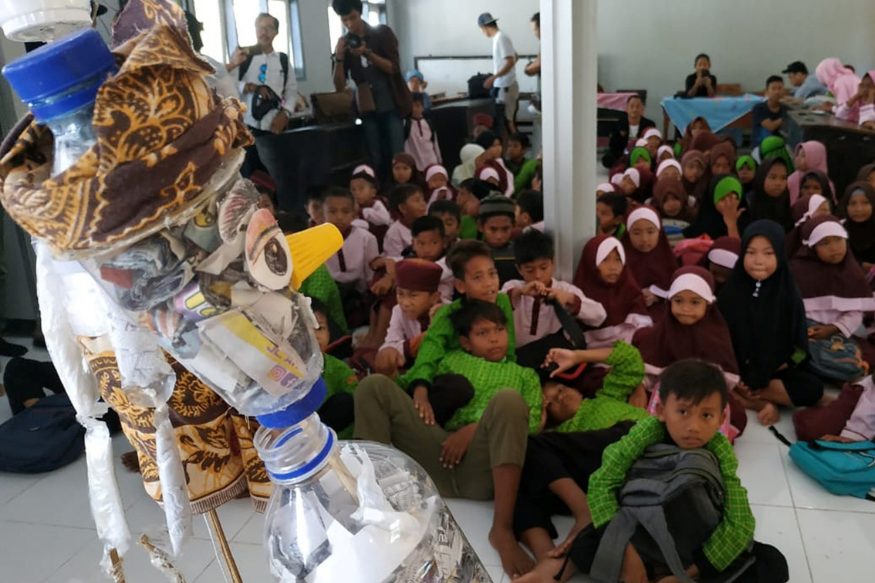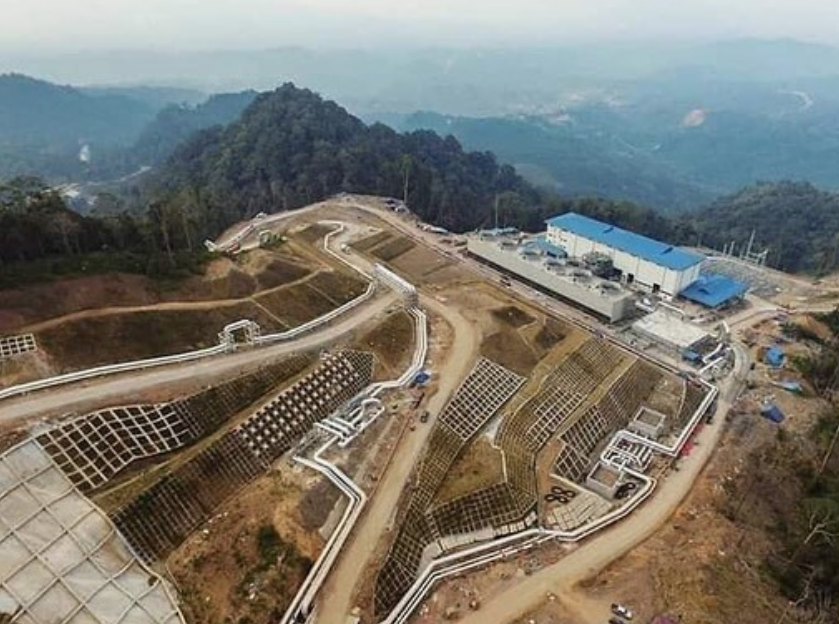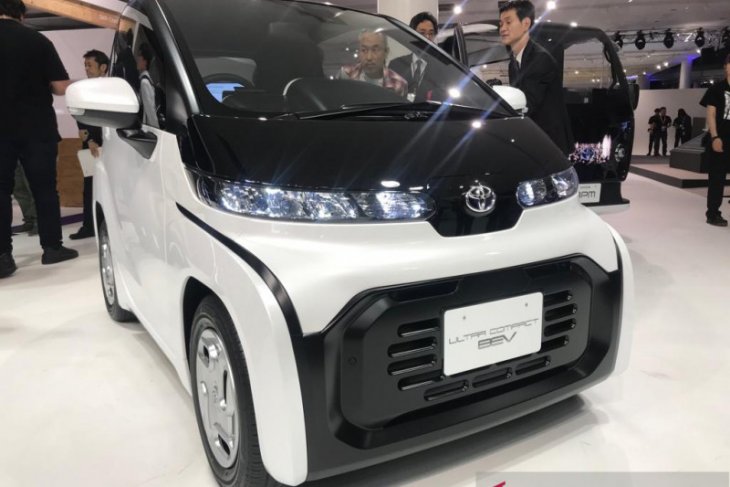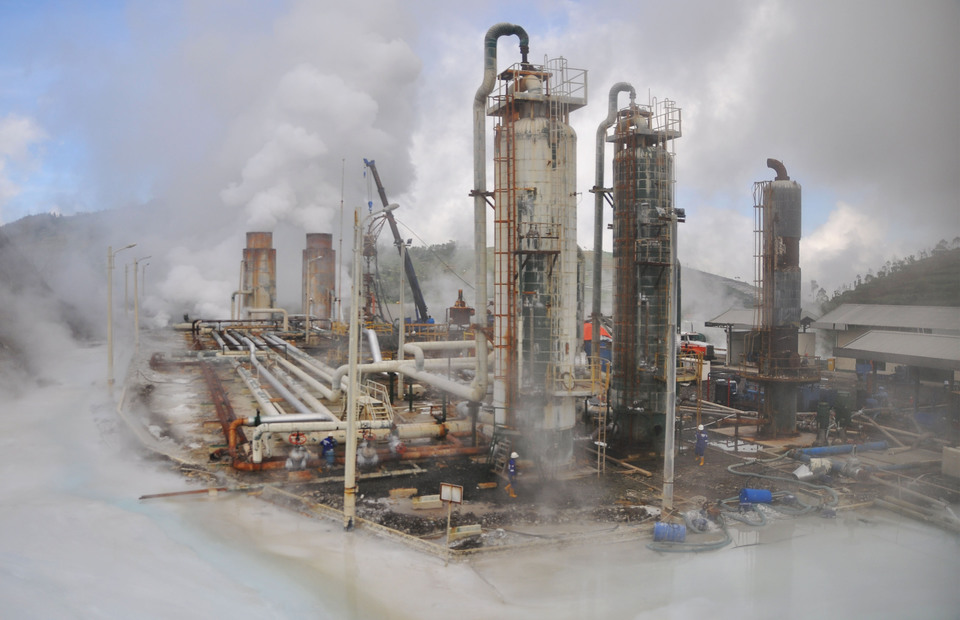- Renewables
–
- Philippines
Oct. 29– Oct. 29–Home Business Business Columns Only Russia will benefit if PH goes nuclear
Only Russia will benefit if PH goes nuclear
By BEN KRITZ, TMT
October 29, 2019
By BEN KRITZ, TMT
October 29, 2019
First of two parts
FOR the second time during the term of the current administration, fast-talking salesmen from Russia’s nuclear energy agency Rosatom have managed to convince a few impressionable officials here that the mighty atom is the answer to all the Philippines’ energy needs, especially if it is packaged in the product Rosatom has to offer.
The only people who will benefit from the Philippines’ adopting nuclear power will be the shareholders of Rosatom. Nuclear power is an economically and environmentally disastrous proposition for the Philippines, and no amount of persistence from the misguided nuclear advocacy can change that.
On October 17, Energy Secretary Alfonso Cusi announced the Department of Energy had signed a memorandum of intent with Rosatom for the latter to conduct feasibility studies on the possible deployment of so-called small modular reactors (SMRs) in the Philippines.
These reactors, which generate between 20 to 200 megawatts (MW) of power, can be mounted on floating platforms to provide electricity to island provinces, or slaved together like giant batteries to create larger land-based power plants.
Russia currently has one such floating plant in operation, a 21,000- metric ton barge carrying two 35-MW reactors and dubbed the Akademik Lomonosov. The craft, which will replace a coal plant and an old nuclear plant in Russia’s far east, can provide power to about 100,000 homes and has a crew of about 70.
The (weak) case for nuclear power
Hard on the heels of the announcement of the DoE’s agreement with Rosatom, local nuclear advocates took part in a “Stand Up for Nuclear” event held in Manila and other cities around the world on October 20. The event achieved what its organizers presumably hoped it would — the publication of a rash of news articles and opinion columns in the days following it, all touting the supposed benefits of nuclear power to the energy-challenged Philippines.
The arguments put forth in favor of nuclear power in general — which haven’t changed in years — and of SMRs in particular are rather shallow, but at first glance seem to be valid.
The benefits of nuclear power, according to its advocates, are that it does not produce harmful emissions, unlike conventional fossil-fueled power plants; it is an extremely efficient energy source, which results in lower power costs to consumers; it has a very good overall safety record, in spite of attention-grabbing disasters like Chernobyl and Fukushima; and it provides reliable baseload power to augment energy from intermittent sources like solar and wind power.
SMRs are touted as a good option for countries like the Philippines without well-developed nuclear capabilities or budgets to sustain them because they are small, versatile, relatively inexpensive, and less complicated than normal-scale nuclear plants. For example, unlike a conventional pressurized water or boiling water reactor, the cooling and steam generation water flows in most SMR designs are gravity-fed. This presumably makes them immune from the sort of loss-of-coolant accidents that led to the Three Mile Island, Chernobyl and Fukushima disasters.
All of these arguments are very positive-sounding, enough to convince many impressionable government officials and media commentators, whom the nuclear advocacy hopes have neither the time, inclination nor capacity to look critically at the facts, which tend to be a more than a little inconvenient.
Cutting through the nonsense
The first argument that “nuclear plants do not produce harmful carbon dioxide (CO2) emissions,” is true in a very literal sense, but it is not true that nuclear plants do not contribute to harmful emissions at all, as some advocates claim. All nuclear plants emit heat and water vapor to the atmosphere at the rate of 4.4 grams CO2-equivalent per kilowatt-hour (g CO2-e/kWh) of energy produced. While this is certainly very much less than a conventional power plant, it is not zero, and compares unfavorably with solar and wind power, which actually remove water vapor and heat flux to the atmosphere at the rate of -2.2 g CO2-e/kWh.
An even bigger environmental problem with nuclear power is that any nuclear reactor uses an enormous amount of fresh water and discharges a large amount of heated wastewater.
Because of the complicated chemistry within a nuclear reactor, seawater cannot be used, and even fresh water must be “scrubbed” to remove any impurities. In a country such as the Philippines, where fresh water supplies are increasingly constrained, any nuclear power facility is a problematic option.
The second argument, that nuclear energy is extremely efficient and therefore less expensive than other forms of power, is again only literally true in a narrow context.
Uranium as a fuel is incredibly efficient; one ton of uranium has the energy content of about 80,000 tons of coal. However, to obtain useable fuel a great deal of processing is necessary, which of course comes at an energy cost, and the amount of useful uranium to be used as nuclear fuel is quickly being depleted; US reserves of uranium have virtually disappeared, and reserves elsewhere in the world are estimated to last no more than 100 years.
The supposed cost benefits of nuclear power are completely misrepresented by the nuclear advocacy. A comparison between an existing nuclear plant and an existing coal plant, for example, would show that electricity derived from nuclear power is less costly on a per-MW basis, but power costs, as Filipino consumers have long been painfully aware, include all the costs associated with building and maintaining a power plant. The proper way to calculate comparative costs is through a formula called levelized cost of energy (LCOE), which takes into account construction costs, regulatory costs, fuel costs, available subsidies, and operating costs.
This is where nuclear power completely falls apart compared to other energy alternatives.
According to the 2018 report of Lazard (the go-to source for energy cost analysis), nuclear has a high-end LCOE of $189 per megawatt hour (MWh). Coal has an LCOE of $143/MWh; utility-scale solar of between $44/MWh and $48/MWh; and wind, $56/MWh. Of the various energy sources analyzed, only gas peaking plants and rooftop solar installations had a higher LCOE than nuclear power, at $208/MWh and $287/MWh, respectively.
And Lazard’s results may be a serious underestimate of the true cost of nuclear power. In the next installment, I’ll explain further why, despite supplying about 20 percent of the world’s electricity, nuclear power is one of the worst solutions for the Philippines, or any other country for that matter.















